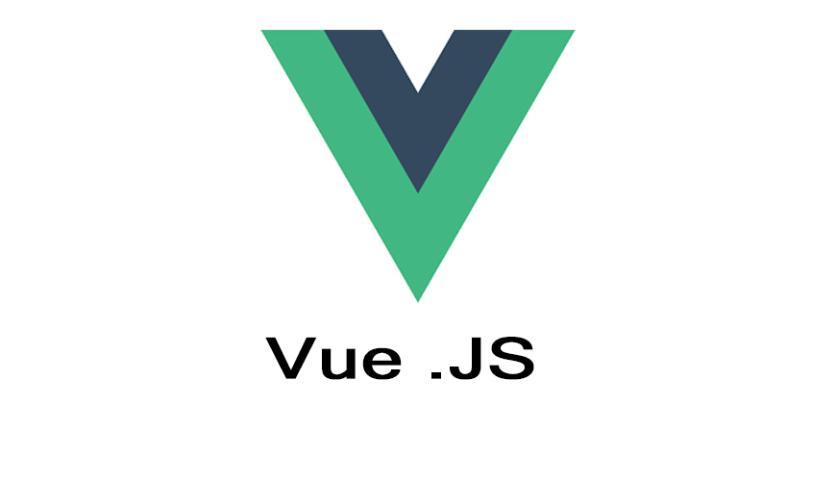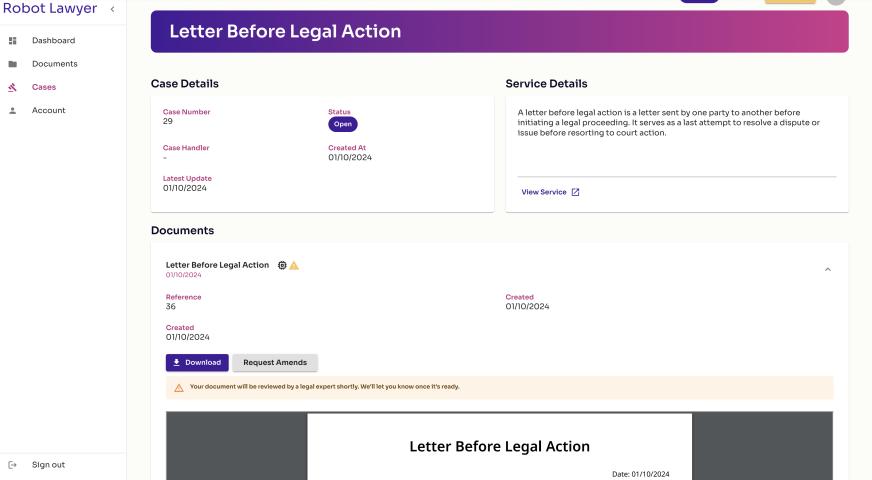Vue.js has emerged as one of the most popular and flexible JavaScript frameworks for building user interfaces and single-page applications. Its ease of use, scalability, and powerful features make it a preferred choice for developers in 2024. However, to leverage the full potential of Vue.js and stay ahead in the rapidly evolving web development landscape, it’s essential to follow best practices and guidelines that optimize performance, scalability, and maintainability.
In this guide, we’ll explore the top development guidelines for Vue.js in 2024 to help you write cleaner, more efficient, and future-proof code.
1. Leverage Composition API Over Options API
The Composition API, introduced in Vue 3, has proven to be more versatile than the traditional Options API. It allows developers to organize and reuse code logic more efficiently, particularly when building larger applications. The Composition API separates concerns by grouping logic by feature instead of by component, making it easier to maintain and scale complex applications.
Why use Composition API?
It provides greater flexibility for managing state, organizing code, and using reusable logic, which leads to cleaner and more maintainable code structures. This API also simplifies the use of TypeScript, another growing trend in Vue.js development.
Best Practices:
- Use the Composition API for new Vue.js projects.
- Migrate existing components gradually to the Composition API if needed.
- Keep logic related to the same feature grouped together to enhance code readability.
2. Embrace TypeScript for Type Safety
As web applications grow in complexity, maintaining type safety becomes critical to avoiding bugs and improving code maintainability. Vue.js has excellent TypeScript support, and using TypeScript in Vue projects is increasingly common. TypeScript allows developers to catch type-related errors during development rather than at runtime, reducing the likelihood of issues in production.
Best Practices:
- Start integrating TypeScript in Vue components to add type safety.
- Use Vue CLI’s TypeScript integration when starting new projects.
- Gradually refactor legacy code to introduce TypeScript for existing projects.
- Define types for props, events, and emitted values to maintain clarity and ensure proper data handling.
3. Utilize Vue Router for Effective Navigation
Routing is a crucial part of any single-page application. Vue Router is the official router for Vue.js, providing seamless navigation between components and pages. In 2024, an efficient routing setup is essential for a smooth user experience.
Best Practices:
- Structure routes carefully to optimize performance and maintainability.
- Use lazy loading to reduce initial load times by splitting your JavaScript bundle.
- Leverage Vue Router's dynamic routing to create flexible route definitions.
- Use the
beforeEachguard for handling authentication and access control logic. - Implement route-level caching using
<keep-alive>for preserving component state during navigation.
4. Optimize State Management with Pinia or Vuex
State management is a cornerstone of modern front-end development, especially for larger Vue.js applications. In 2024, Vue js developers can choose between the classic Vuex or Pinia, which is gaining popularity due to its simplicity and improved TypeScript support.
Pinia, introduced as the recommended state management solution in Vue 3, is lighter, has better TypeScript support, and integrates seamlessly with the Composition API. However, Vuex is still widely used, and it remains a reliable option for managing complex application states.
Best Practices:
- Use Pinia for state management in new Vue.js projects, particularly when working with Vue 3.
- For existing projects using Vuex, consider whether migrating to Pinia will provide significant benefits.
- Keep state minimal and avoid bloating the state management system with unnecessary data.
- Structure state, mutations, and actions clearly to make them easy to test and debug.
- Utilize Vue DevTools for tracking state changes during development.
5. Component-based Architecture and Reusability
Vue.js is built around the concept of reusable components. In 2024, following a component-based architecture is essential for creating modular, maintainable applications. This not only promotes code reuse but also simplifies debugging and testing.
Best Practices:
- Break down large, complex components into smaller, reusable ones.
- Keep components focused on a single responsibility to improve readability and maintainability.
- Use scoped >
- Implement a naming convention for components to ensure consistency and clarity across the project.
- Leverage functional components for stateless, presentational components to optimize performance.
6. Efficiently Manage Forms
Forms are integral to many web applications, and Vue provides several ways to handle form inputs. With Vue.js, you can build forms that are easy to maintain, validate, and extend. In 2024, focus on handling forms efficiently by using available libraries and built-in directives.
Best Practices:
- Use
v-modelto bind form inputs and manage two-way data binding easily. - For complex form validation, leverage third-party libraries such as Vuelidate or VeeValidate to handle form validation in a structured way.
- Keep forms modular by creating reusable form components for consistency across the application.
- Avoid over-complicating forms by breaking large forms into smaller, manageable chunks using tabs or step-by-step processes.
7. Testing Strategy for Vue.js Applications
Testing is crucial for ensuring your Vue.js application behaves as expected and is free from bugs. As Vue applications grow in complexity, setting up an effective testing strategy will be essential in 2024. Collaborating with a Vue.js development company can help you implement best practices for testing, ensuring your application is robust, scalable, and maintainable. A professional Vue.js development company can assist in setting up unit tests, integration tests, and end-to-end testing strategies, which are vital for catching issues early and improving the overall quality of your application..
Best Practices:
- Use Vue Test Utils, the official testing library for Vue.js, to write unit tests for components.
- Leverage tools like Jest for unit and snapshot testing.
- Implement end-to-end testing using Cypress to simulate user interactions and test the overall functionality of your application.
- Write tests for critical business logic and components that are most prone to breaking.
- Consider using Storybook to test and showcase individual components in isolation.
8. Improve Performance with Lazy Loading and Code Splitting
In 2024, users expect lightning-fast applications. Vue.js offers several features to help developers optimize performance, including lazy loading and code splitting.
Best Practices:
- Implement lazy loading for routes and components to ensure that only the required parts of the application are loaded on demand.
- Use Webpack or Vite for code splitting and bundling optimization.
- Optimize image loading and use modern image formats like WebP.
- Minimize third-party dependencies that can bloat the application’s bundle size.
9. Follow Accessibility Guidelines
Accessibility is increasingly important in 2024 as regulations and standards continue to evolve. Vue.js developers must ensure that their applications are usable by as many people as possible, including those with disabilities.
Best Practices:
- Use semantic HTML tags to improve accessibility.
- Ensure proper keyboard navigation and focus management within components.
- Use tools like Lighthouse or Axe to audit your application for accessibility issues.
- Add ARIA attributes to components where needed for better screen reader support.
- Test components with different assistive technologies to identify and fix any usability issues.
10. Maintain Up-to-date Dependencies
Keeping your project’s dependencies up-to-date is essential for maintaining security, performance, and compatibility with new features. In 2024, with frequent updates in the ecosystem, it's crucial to regularly review and upgrade your project dependencies.
Best Practices:
- Regularly check for updates to Vue.js and its associated libraries.
- Use tools like npm-check-updates or Yarn to monitor outdated dependencies.
- Carefully test your application after every update to ensure compatibility.
- Read changelogs and release notes to understand how updates might impact your project.
Conclusion
Vue.js continues to be one of the most robust and developer-friendly JavaScript frameworks in 2024. By adhering to these guidelines, you can ensure that your Vue.js projects remain maintainable, scalable, and high-performing. Whether you’re just starting out with Vue or you’re an experienced developer, these best practices will help you build better applications and stay on top of industry trends.
As the development landscape continues to evolve, it’s important to stay updated with new techniques, tools, and strategies to maintain a competitive edge. Embrace the flexibility and power of Vue.js, and let these guidelines guide you through a successful development journey in 2024 and beyond.













